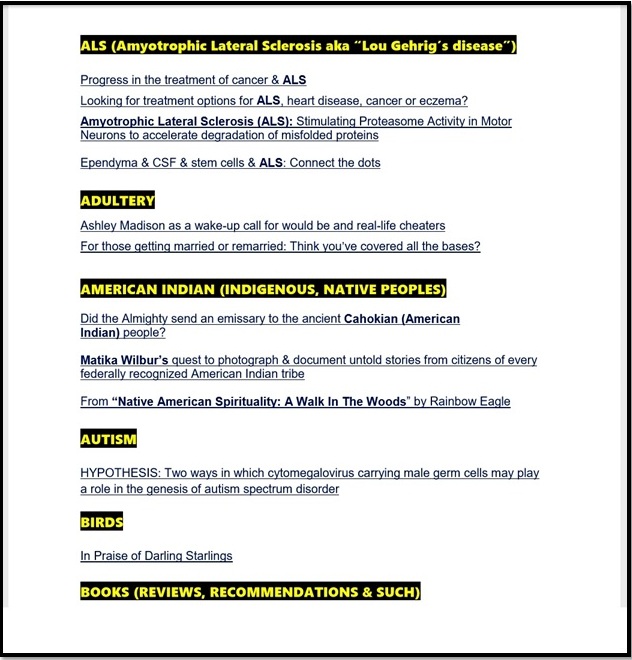Blog Archives
Killing COVID-19 on surfaces & in the air: can charged particles pull this off?
Posted by Dr. Anthony G. Payne
Bengaluru Scientist Claims New Medical Device Can Neutralise Coronavirus, Will be Sent to US to Test
A medical electronics research unit, Organisation De Scalene, claims it has developed the prototype of a gadget that could neutralise the spread of the virus. The prototype is being sent to the University of Maryland in the US this week, for the tests to be corroborated and its efficacy and reach to be verified.
Chairman of the organisation, Dr. Rajah Vijay Kumar, said that what his institute has innovated is a small device or gadget that can be kept in homes, auditoriums, offices, schools, cars… everywhere.
Explaining the science behind it, he said coronavirus is a spiral ball-like thing with a lots of spikes called ‘S-protein’. These proteins, he said, are positive cells and negative-seeking – when your body comes in contact the viruses thus go into the body and because cells have negative potential, it sticks in cells and releases its DNA into it and starts replicating. That is how the virus survives.
“This gadget we have developed only releases a huge amount of electrons – these viruses don’t know the difference between electrons of your body or others. Once the electrons are released, the virus cells get neutralised. Any infected person comes in – if he touches something, these electrons will neutralise all the viral electrons. After that, even if you ingest it, it goes into your stomach as a piece of protein but won’t cause damage,” he claimed.
(Emphasis mine)
This approach rang a bell so I checked around and came up with this article from 2003: Air ionisers wipe out hospital infections (New Scientist, 3 January 2003)
Research by electronics company Sharp has shown that positive and negative ions produced by their air conditioning systems can inactivate viruses including influenza. But the new study is the first to link such an effect to reduced infections in hospitals.
A little more digital archeology turned up: Ionising air conditioners ‘zap flu’ (Sharp Plasmacluster, September 11, 2002)
Sep 11, 2002 – The “plasmacluster ion air purification” system generates positive and negative ions, which react with microparticles, including microbes
However, what the Bengaluru scientists developed sounds like it puts out far more charged particles than what a typical room ionizer does. Obviously the thing to do is wait for it to be cleared by the FDA for sale in the USA and then check out the machine specs. But, for those who want to press ahead and experiment with a Sharp ionizing machine (Plasmacluster), here is a link to the Google results I got for this particular model: Google shopping results for Sharpe Plasma Cluster air conditioning system
For those intrepid readers who want to see reviews of other ionizers, here are links to two such articles:
https://www.airbetter.org/ionic-air-purifier-reviews-ratings-and-guides-for-consumers/ – Ionic Air Purifier Reviews Consumer Reports of 2019 – 2020
https://shinealightonsad.com/best-negative-ion-generator/#AvianoAV890 – Best Negative Ion Generators 2020: At A Glance List (Lists 9 and includes square footage covered for each machine)
The question naturally arises: are air ioniziners a “risk free” technology? No, at least for those folks with asthma, allergies and possibly some other medical conditions. Here is a Web MD article on this:
https://www.webmd.com/asthma/news/20050404/ionizing-air-cleaners-may-pose-health-hazard#1 – Ionizing Air Cleaners May Pose Health Hazard (Machines Add to Indoor Ozone, Consumer Reports Investigation Shows)
Among the (apparently few) scientific papers published on the impact of ionized particles on various microorganisms
Ionizing air affects influenza virus infectivity and prevents airborne-transmission. Hagbom M, Nordgren J, Nybom R, Hedlund KO, Wigzell H, Svensson L. Sci Rep. 2015;5:11431. Published 2015 Jun 23. doi:10.1038/srep11431
The bactericidal effect of an ionizer under low concentration of ozone. Park JS, Sung BJ, Yoon KS, Jeong CS. BMC Microbiol. 2016 Jul 30;16(1):173. doi: 10.1186/s12866-016-0785-5.PMID: 27475908 Free PMC Article Similar articles
The application of ionizers in domestic refrigerators for reduction in airborne and surface bacteria. Kampmann Y, Klingshirn A, Kloft K, Kreyenschmidt J. J Appl Microbiol. 2009 Dec 1;107(6):1789-98. doi: 10.1111/j.1365-2672.2009.04359.x. Epub 2009 Apr 25. PMID: 19486210 Free Article Similar articles
Upper-room ultraviolet light and negative air ionization to prevent tuberculosis transmission. Escombe AR, Moore DA, Gilman RH, Navincopa M, Ticona E, Mitchell B, Noakes C, Martínez C, Sheen P, Ramirez R, Quino W, Gonzalez A, Friedland JS, Evans CA. PLoS Med. 2009 Mar 17;6(3):e43. doi: 10.1371/journal.pmed.1000043. PMID: 19296717 Free PMC Article Similar articles
© March 2020 by Dr. Anthony G. Payne. All rights reserved.
DISCLAIMER
This article and the information featured, showcased or otherwise appearing in it is not to be used as a substitute for medical advice, diagnosis or treatment of any health condition or problem. Those who peruse this document should not rely on information provided on it for their own health problems or that of any other person. Any questions regarding your own health should be addressed to your physician or other duly licensed healthcare provider. Dr. Anthony G. Payne makes no guarantees, warranties or express or implied representations whatsoever with regard to the accuracy, completeness, timeliness, comparative or controversial nature, or usefulness of any information contained or referenced in this document, and does not assume any risk whatsoever for your use of this document or the information contained herein. Health-related information and opinions change frequently and therefore information contained in this document may be outdated, incomplete or incorrect. All statements made about products, ingredients and such in this document have not been evaluated by the US Food and Drug Administration (FDA).
Posted in CAM - Complementary Alternative Medicine, CORONAVIRUS (COVID-19), MEDICINE, Preventing Disease, PREVENTION, VIRAL DISEASES (Contagious)
Comments Off on Killing COVID-19 on surfaces & in the air: can charged particles pull this off?
Tags: bacteria, bacteriocidal, Bengaluru, commong cold, coronovirus, covid-19, influenze, ionizer, sterilizing machine, virucidal, virus killer






